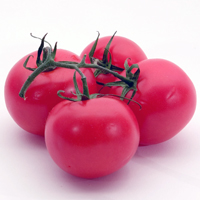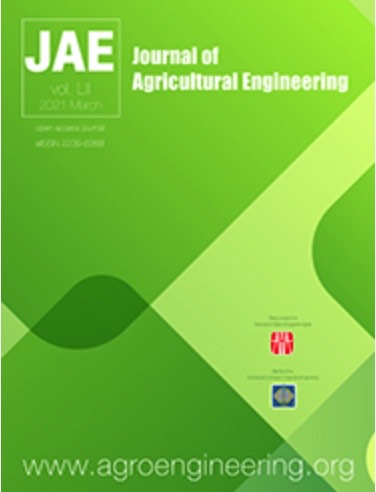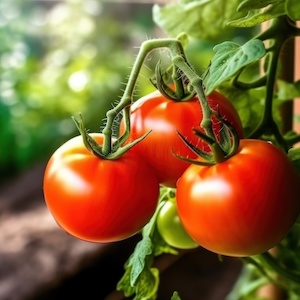Non-destructive method for monitoring tomato ripening based on chlorophyll fluorescence induction

All claims expressed in this article are solely those of the authors and do not necessarily represent those of their affiliated organizations, or those of the publisher, the editors and the reviewers. Any product that may be evaluated in this article or claim that may be made by its manufacturer is not guaranteed or endorsed by the publisher.
Authors
Maturity is one of the most important factors in the assessment of tomato quality. The aim of this study is to develop a new device to measure the degree of tomato ripeness based on chlorophyll fluorescence. The results of this method in terms of chlorophyll fluorescence were compared with those from the most widely used colorimeter. The botanical variety of tomatoes ‘Alkazar’ was used at different stages of maturity: green, breakers, turning, pink, light red, and red. The results indicated that specific parameters of slow induction of chlorophyll fluorescence, such as maximum chlorophyll fluorescence (Fm) and the coefficient of specific photosynthetic activity (Rfd), can be used to classify tomatoes according to their maturity stage as efficiently as with the hue angle parameter of color measurements. The correlation coefficient between the hue angle and the slow induction of chlorophyll fluorescence parameters was 0.96 with Fm, and 0.97 with Rfd. Using the hue angle or Fm, tomatoes of all six-maturity stages were accurately classified. In conclusion, this new measurement method is a nondestructive, innovative and convenient approach, which is less time-consuming than the colour-based method.














